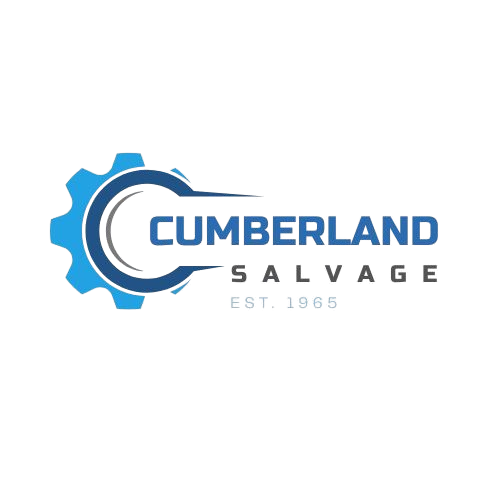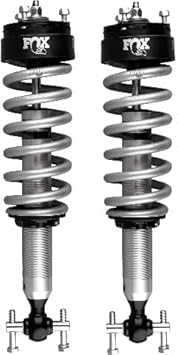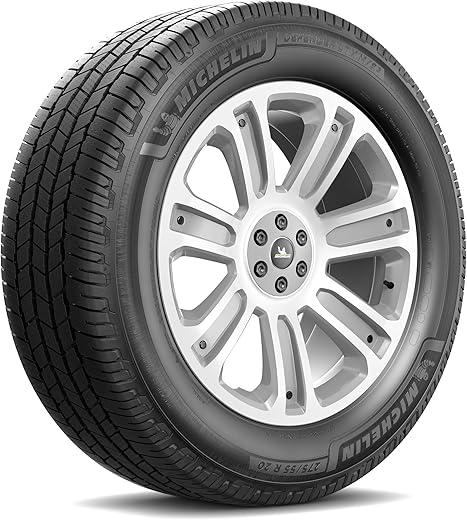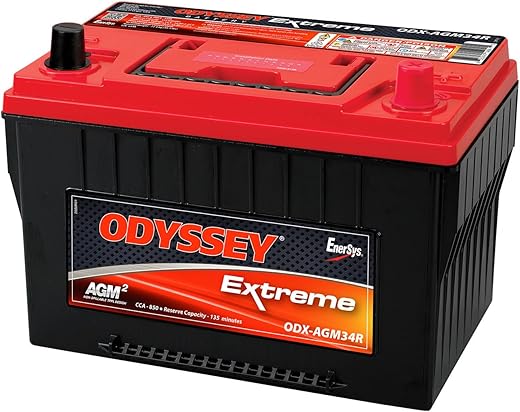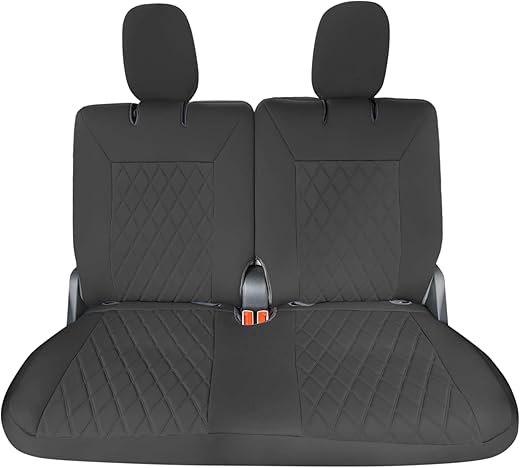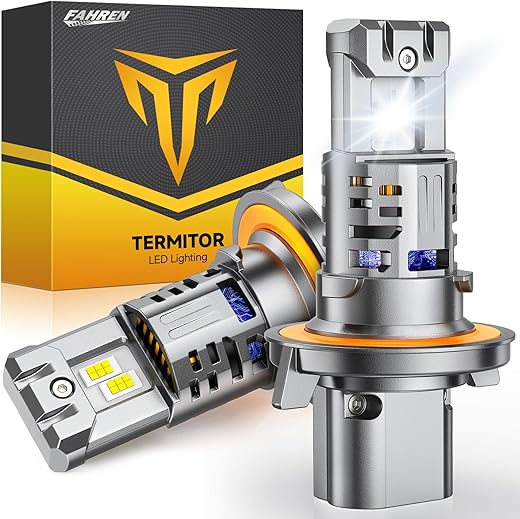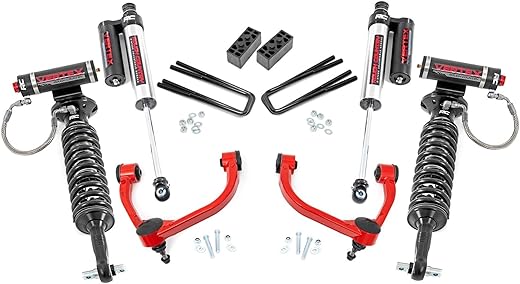5 Best Brake Pads for Ford Ranger in 2025 – Smooth, Low-Dust, Durable
Braking that actually keeps up with your Ranger — want quiet confidence or raw stopping power?
Your Ranger deserves brakes that match its attitude. You want predictable stops, low dust, and brakes that don’t cry wolf at every corner.
Think of an unexpected tow, a mountain descent, or a school pickup run. The right pads keep you safe and sane — no drama, just control.
Top Picks




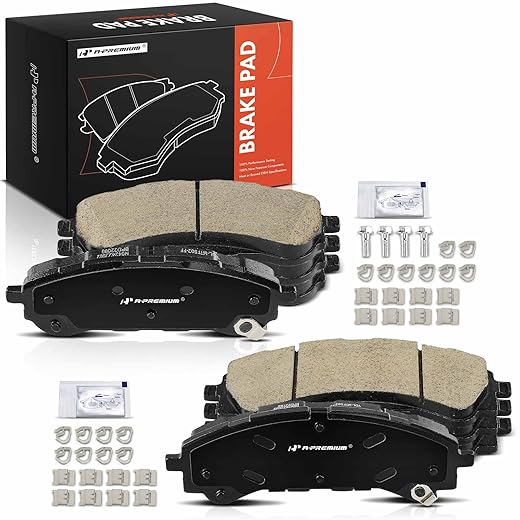
Power Stop Z26 Carbon-Fiber Brake Pads
You get exceptional initial bite and sustained braking under high loads thanks to a carbon-fiber/ceramic formulation. The compound resists fade at elevated temperatures while producing less dust than many performance pads.
Purpose and target driver
These pads are engineered for drivers who demand stronger stopping power from a street-driven vehicle with occasional spirited use. You should choose these if you run bigger wheels, higher horsepower, or want more confidence under hard braking without stepping into track-only compounds.
Key features and benefits
These features translate to shorter stopping distances and better consistency during repeated stops. Expect a firmer pedal and brisk initial response compared with OEM-style ceramic pads.
Real-world use and limitations
In practical terms, you will notice sharper braking feel and improved control when braking hard or frequently. Users who drive high-mileage daily or tow occasionally benefit from the thermal stability, but if you only commute gently, the firmer feel can seem excessive. Bedding-in properly will help reduce initial noise and ensure even wear.
Practical insights
If you upgrade rotors or run larger wheels, these pads pair well because they maintain performance under higher thermal loads. For a quiet, everyday car with minimal spirited driving, a softer ceramic pad might be more comfortable; however, if you want a clear improvement in stopping power without the dust and noise of semi-metallic race pads, these are a strong choice.
Bosch QuietCast BC833 Front Ceramic Pads
You benefit from OEM‑style fit and quiet operation thanks to molded shim technology and ceramic friction. The formulation prioritizes low noise, low dust, and long product life for routine driving conditions.
Overview and intended use
This QuietCast set is tuned for drivers who prioritize quiet, dependable braking for daily use. It’s a practical choice if you want an OE-like replacement that reduces brake dust and noise without sacrificing stopping performance.
Notable features
These elements combine to make the pads feel familiar to those used to OEM quality while improving cabin quietness and wheel cleanliness.
Realistic expectations and fitment notes
You should expect smooth, quiet stops for everyday driving; the set isn’t a performance upgrade for high-heat demands. Verify fitment for your exact vehicle trim and engine, since fit can vary across model years. Some installers find the clips slightly tight during assembly, but once installed the pads perform reliably.
Practical advice
If you want an easy, low-risk replacement that reduces dust and noise, these pads are a strong pick. Pair them with lightly machined or good-condition rotors and follow recommended break-in procedures for best results.
Power Stop Z23 Carbon-Fiber Ceramic Front Pads
You gain noticeably improved stopping performance over standard ceramic pads while keeping brake dust and noise low. The carbon-fiber ceramic formula offers a good balance of power, quiet operation, and durability for everyday use.
Who should consider these pads
These are aimed at drivers who want an upgrade from stock pads without sacrificing daily drivability. If you do stop-and-go commuting, occasional spirited braking, or simply want cleaner wheels, these hit a useful middle ground.
What you get
The thermally scorched pad surface accelerates bedding-in so you see performance gains quickly. You should expect cleaner wheels and a quieter operation than semi-metallic alternatives.
Practical considerations and limitations
These pads are great as a daily-driver upgrade but are not formulated for sustained track abuse. If you frequently tow or do repeated heavy braking, look at more aggressive compounds geared specifically for high thermal loads. Installation is straightforward, but verify model-specific compatibility before purchase.
Installation tip
When you install these, use the supplied grease on sliding points and follow the manufacturer’s bedding procedure for consistent, even wear and minimal squeal.
Power Stop Z16 Rear Ceramic Brake Pads
You get a very quiet stopping experience thanks to dual rubber-backed shims and a true ceramic formula that minimizes dust. These are well suited as a stock-replacement or mild-upgrade option for daily-driven vehicles.
Who these pads are for
Choose these when your priority is quiet, clean braking and an easy, like-for-like replacement. They are especially appropriate if you want to maintain a comfortable ride and minimize visible brake dust on wheels.
Key attributes
These attributes make them a pragmatic option for day-to-day drivers. You won’t get race-level braking, but you will preserve wheel appearance and reduce cabin noise.
Limitations and installation notes
If you routinely tow, carry heavy loads, or frequently perform high-speed repeated stops, consider a higher-spec pad with more thermal capacity. Installation is straightforward; ensure you replace or inspect hardware and follow a brief bedding procedure to seat the pads properly.
Practical takeaway
For routine maintenance or a modest performance upgrade focused on NVH (noise, vibration, harshness) and cleanliness, these pads are a solid, cost-effective pick.
A-Premium Front and Rear Ceramic Brake Set
You receive a full front-and-rear ceramic pad kit with a low-dust formula and an extended corrosion resistance test. It’s a practical, lower-cost option if you need to replace pads on multiple axles at once.
Value proposition
This kit is aimed at buyers who want a full front-and-rear replacement in one purchase. If you’re servicing both axles or replacing pads on a used vehicle, the all-in-one nature and warranty make it attractive from a cost-per-axle perspective.
Features that matter
These points make the kit practical for everyday owners who prioritize wheel cleanliness and an economical complete replacement.
Caveats and fitment guidance
Aftermarket full kits can offer strong value but sometimes show variability in fitment or finish. You should verify exact vehicle fitment using the part references and be prepared to inspect hardware during installation. If you prefer established OEM suppliers, this represents a budget-focused alternative with solid advertised protections.
Practical recommendation
If you want to replace both front and rear pads affordably and don’t require performance-oriented braking, this set is a sensible option. Confirm fitment, follow a careful bedding-in routine, and replace hardware as needed to maximize life and performance.
Final Thoughts
If you want one clear pick for most drivers who push their Ranger — towing, spirited street driving, or heavy loads — choose the Power Stop Z26 Carbon-Fiber Brake Pads. They deliver the strongest initial bite, resist fade under high temperatures, and hold up well under load. Use them up front if you regularly tow, haul, or drive aggressively.
If your priority is everyday comfort — quiet stops, minimal dust, and an OEM-like feel — go with the Bosch QuietCast BC833 Front Ceramic Pads. They’re the best swap-in for a calm, low-maintenance daily driver. For a balanced mild-upgrade that improves stopping power without much extra noise, consider the Power Stop Z23. And if you need a full-axle budget option, the A-Premium set gives acceptable performance at a lower price.
How to choose and use brake pads for your Ford Ranger
Choosing pads for your Ranger comes down to three things: how you drive, what you haul, and how much noise/dust you’ll tolerate. Match the pad compound to your most common use case — aggressive carbon-ceramic for performance and towing, traditional ceramic for quiet daily driving, and budget full-kits if you need to replace multiple axles at once.
Key factors to consider
Quick comparison
| Product | Best for | Pros | Cons |
|---|---|---|---|
| Power Stop Z26 | Aggressive street performance / towing | Strong initial bite, fade resistance, lower dust than old-school performance pads | Slightly more demanding on rotors, higher price |
| Bosch QuietCast BC833 | Quiet daily driving | OEM-like fit, very low noise and dust, long life | Not as aggressive under heavy loads |
| Power Stop Z23 | Upgraded daily-driver | Improved stopping, low dust, balanced performance | Not as heat-resistant as Z26 |
| Power Stop Z16 | Quiet rear replacement | Very quiet, minimal dust, good as stock-replacement | Mild performance upgrade only |
| A-Premium set | Budget full kit | Low cost for front+rear, corrosion resistance testing | Lower top-end performance and durability |
Installation and bedding
When you install new pads:
Rotors, maintenance, and longevity
If your rotors are glazed, warped, or below minimum thickness, replace or machine them before installing new pads. Keep an eye on pad thickness and rotor finish during service intervals. For heavy use (towing, off-road, track days), inspect brakes more often and consider higher-spec rotors or cooling strategies.
Final buying tips
Follow these steps and you’ll get braking that matches how you actually use your Ranger — which is what matters more than marketing buzz.
FAQ
Yes — but be deliberate. Many drivers pair higher-performance front pads (like Power Stop Z26 or Z23) with quieter ceramic rears (like Power Stop Z16) to keep initial bite and heat resistance up front while maintaining low noise and dust in the rear. Avoid mixing wildly different friction levels on the same axle.
Some higher-friction compounds can accelerate rotor wear, especially if they run hotter. The Z26 is aggressive and may be tougher on rotors under heavy use. Ceramic pads (Bosch, Z16, A-Premium) tend to be kinder to rotors. If you upgrade pads, inspect rotors and consider resurfacing or upgrading to slotted/vented rotors if needed.
Yes — especially with performance compounds. A proper bedding procedure (progressive stops from moderate speeds with cooling intervals) helps transfer a uniform friction layer to the rotor and stabilizes pedal feel and stopping performance. Bosch ceramics are more forgiving, but a light bed-in still helps.
Typical life varies: ceramic pads often last 30–60k miles under normal driving; performance compounds may wear faster, particularly under heavy loads. Check thickness periodically (replace when lining is ~3mm or less) and listen for changes in pedal feel or noise.
Yes — all pads listed are designed to fit OEM calipers on common Ranger years. Still, confirm exact fitment for your specific Ranger model and year. Use proper hardware, and torque to spec when installing.
